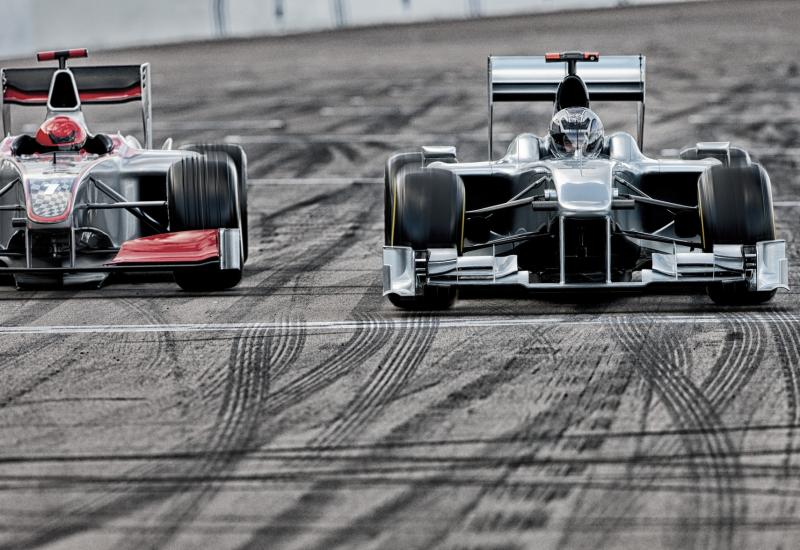
Blenrep against the odds
The FDA has cleared GSK’s drug again, after a no from the advisory committee.
The FDA has cleared GSK’s drug again, after a no from the advisory committee.

GSK has defied expectations, securing FDA approval for its BCMA-targeting antibody-drug conjugate Blenrep, though the green light comes with significant caveats, and isn’t in the setting the company had sought.
The decision landed on the drug’s PDUFA date of 23 October, following a three-month delay after GSK submitted additional data in response to a US advisory committee. That panel had recommended against approving Blenrep in both combinations tested against Darzalex-based regimens, in second-line multiple myeloma; in the event the approval has come for just one of the two combos, and in the third rather than the second line.
This apparent half-way house, between an outright complete response letter and full second-line approval, failed to find favour with investors, who sent GSK stock down 5% on Friday.
Adcom issues
The July adcom had raised several issues, including the fact the two supporting studies, Dreamm-7 and 8, had limited US patient representation, and suggested that lower doses of the drug should have been tested, given its safety issues.
Blenrep was earlier approved for fifth-line or later multiple myeloma before being pulled in 2022, and GSK was seeking to have it re-approved in the second-line plus setting, based on a Velcade/dexamethasone combo studied in the Dreamm-7 trial, and a Pomalyst/dexamethasone combo studied in Dreamm-8.
In the end, the FDA decided to approve Blenrep in only one regimen, the Velcade combination, and not in the treatment line originally submitted in the BLA. The label covers patients who have received two or more prior lines of therapy, a later-line population than GSK initially sought.
This approval is based on data from a subgroup of Dreamm-7 comprising 217 patients, 108 in the Blenrep arm and 109 in the control cohort, who had received at least two prior lines of therapy, including a proteasome inhibitor and an immunomodulatory agent.
Subgroup
This population comprised just over 40% of the 494 patients enrolled into Dreamm-7 in total, and data relating to these late-line subjects don’t appear to have been split out before.
Median PFS here reached 31.3 months for the Blenrep combo versus 10.4 months in the Darzalex/Velcade/dexamethasone control arm, while median OS was not reached versus 35.7 months respectively, according to an FDA statement.
The approval brings Blenrep back to the market nearly three years after GSK voluntarily withdrew its prior fifth-line approval, following the Dreamm-3 study’s failure to demonstrate PFS and OS benefits. Still, the return comes with a risk evaluation and mitigation strategy, due to the high eye toxicity that the drug generates.
Despite all the issues, GSK remains optimistic about Blenrep’s potential in an earlier setting. The company expects OS data from the Dreamm-7 and Dreamm-8 trials in the second-line indication in 2028 as well as data from the Dreamm-10 study, which is evaluating Blenrep as a first-line treatment.
Dreamm-7 summary
| ITT population (n=494) | 3L+ patients (n=217) | |
|---|---|---|
| Median PFS | 36.6 mth vs 13.4 mth (HR=0.41) | 31.3 mth vs 10.4 mth (HR=0.31) |
| Median OS | - | NR vs 35.7 mth (HR=0.49) |
| Safety | Ocular toxicities in 92% of pts, including Gr 3/4 in 77% and dose modification in 83% | |
Source: OncologyPipeline & FDA press release.
2691













